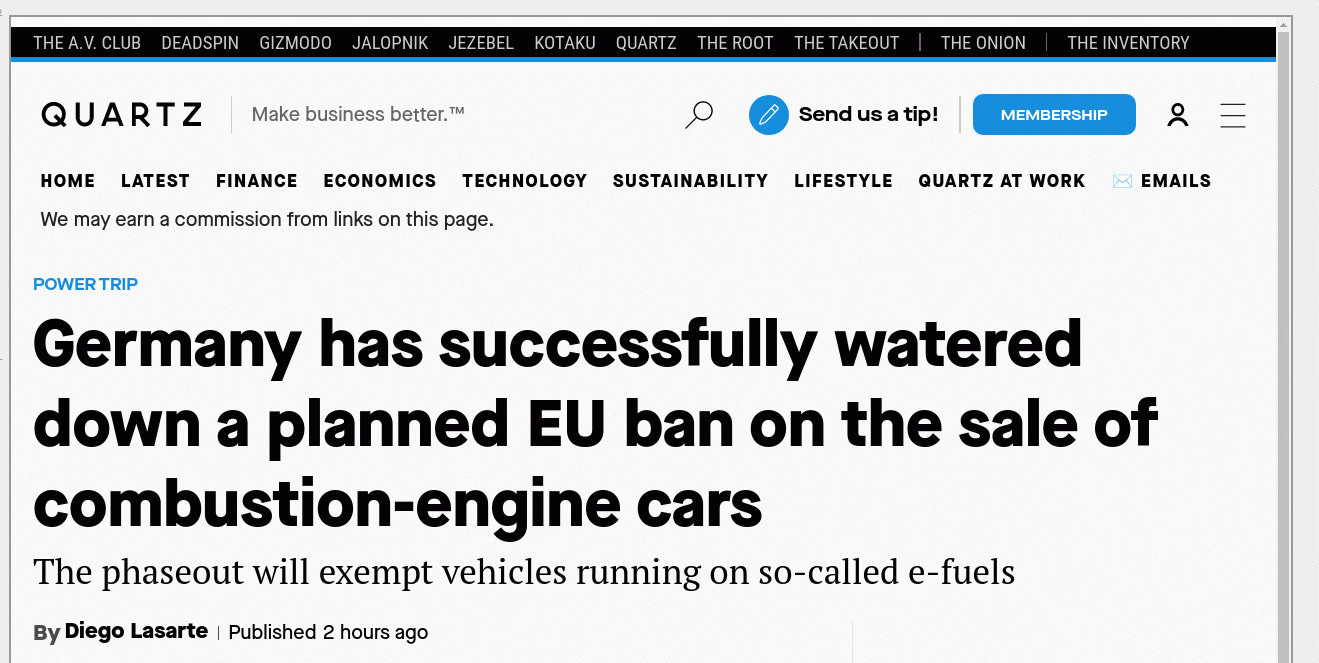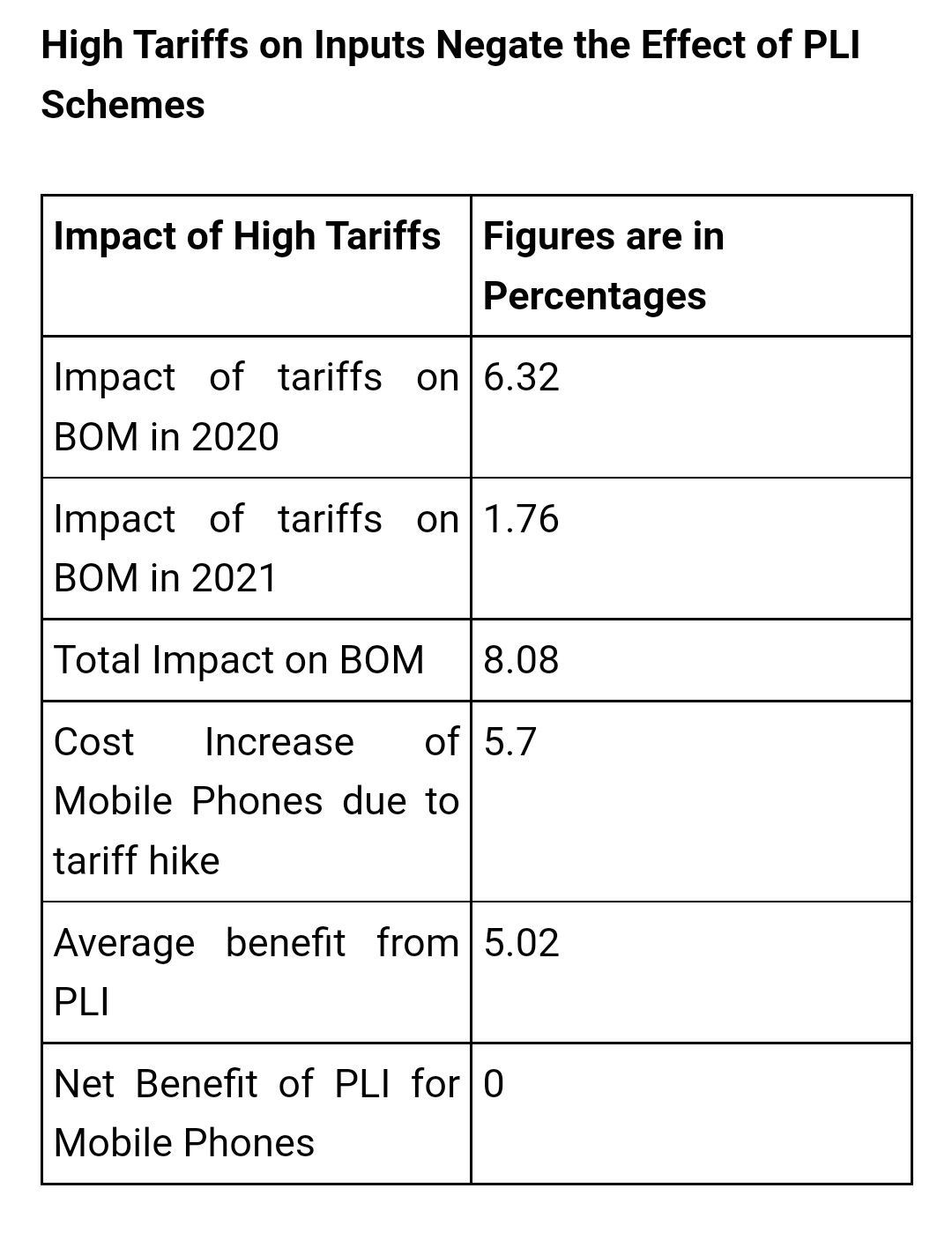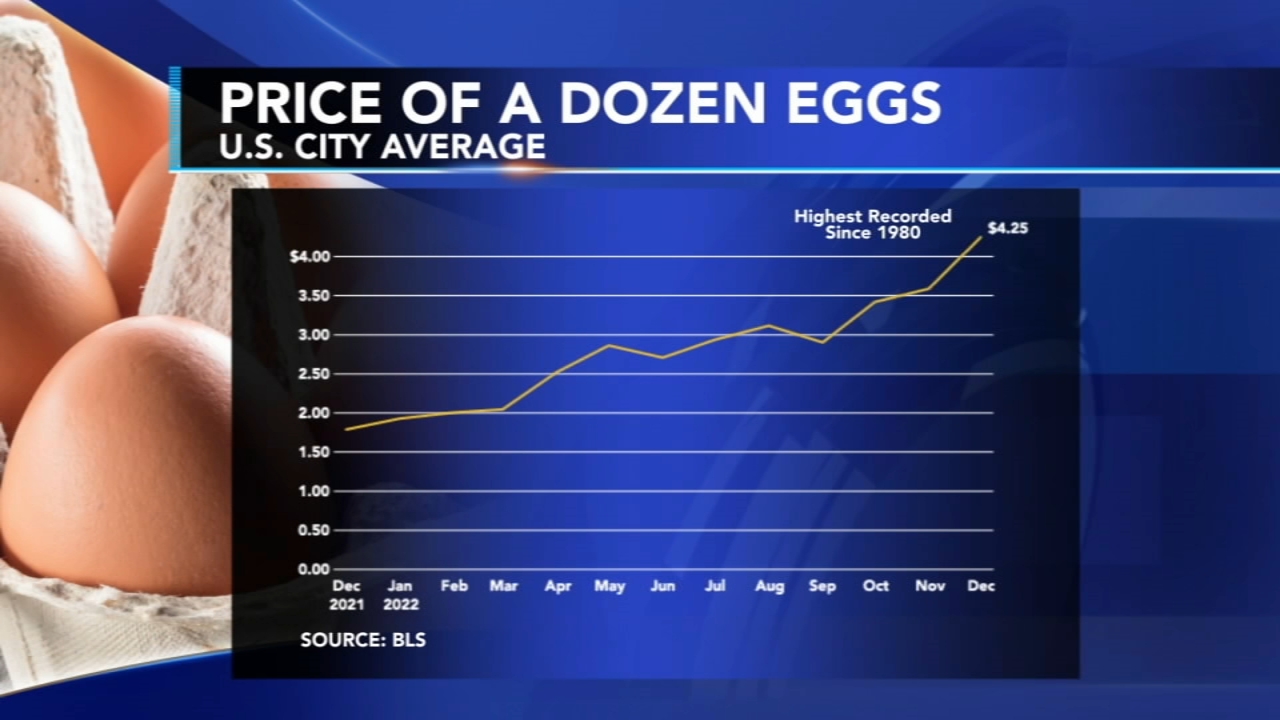Car Industry Renews Opposition To Electric Vehicle Regulations

Table of Contents
Economic Concerns Fueling Industry Resistance to Electric Vehicle Regulations
The car industry's resistance to stricter electric vehicle regulations is largely rooted in significant economic challenges. These challenges impact both the immediate profitability of manufacturers and the long-term stability of the automotive workforce.
High Production Costs and Limited Consumer Demand
The transition to electric vehicles requires substantial upfront investment. Manufacturing EVs involves significantly higher costs compared to internal combustion engine (ICE) vehicles, particularly in the development and production of advanced battery technology and the necessary charging infrastructure. This high capital expenditure poses a considerable risk for automakers, especially in the face of currently limited consumer demand.
Several factors contribute to this limited adoption:
- Higher manufacturing costs: EV batteries, motors, and electronics are currently more expensive to produce than their ICE counterparts.
- Limited charging infrastructure: The lack of widespread and reliable charging networks creates “range anxiety” among potential buyers.
- Higher purchase prices compared to gasoline vehicles: The higher manufacturing costs translate directly to higher sticker prices, making EVs inaccessible to many consumers.
- Consumer preference for familiar technologies: Many consumers are hesitant to adopt new technologies, preferring the familiarity and established infrastructure of gasoline vehicles.
Job Losses in the Traditional Automotive Sector
The shift towards EVs threatens job security within the traditional automotive sector. The decreased demand for ICE vehicles will inevitably lead to factory closures and job losses in areas like engine manufacturing, assembly, and maintenance. This necessitates significant workforce retraining and upskilling initiatives to equip workers with the skills needed for EV manufacturing, maintenance, and related industries. The potential for regional economic disruption due to these job losses is another major concern.
- Factory closures: Manufacturing plants focused on ICE vehicles face the prospect of closure as demand dwindles.
- Job displacement for ICE vehicle mechanics: The simpler mechanics of EVs will reduce the need for traditional automotive mechanics.
- Need for substantial workforce retraining: Workers will need to acquire new skills related to EV battery technology, electric motors, and software.
- Potential regional economic impacts: Communities heavily reliant on the automotive industry face significant economic challenges due to job losses.
Technological Challenges and Infrastructure Gaps Hampering EV Adoption
Beyond economic concerns, significant technological and infrastructural hurdles hinder the widespread adoption of electric vehicles.
Battery Technology Limitations
Current battery technology presents several limitations:
- Battery range limitations: The limited driving range of many EVs remains a significant barrier for consumers, especially those in rural areas or with longer commutes.
- Long charging times: Compared to the quick refueling of gasoline vehicles, charging EVs takes considerably longer, impacting convenience and usability.
- Battery degradation and replacement costs: EV batteries degrade over time, requiring costly replacements, potentially adding significant long-term expenses for owners.
- Need for improved battery recycling infrastructure: The disposal of used EV batteries presents environmental challenges, requiring the development of robust and efficient recycling processes.
Inadequate Charging Infrastructure
The lack of sufficient public charging stations, particularly in rural and less populated areas, poses a major obstacle to EV adoption. Furthermore, integrating extensive EV charging infrastructure into existing power grids presents significant technical and logistical challenges.
- Insufficient public charging stations: The current number of charging stations falls far short of the demand required for widespread EV adoption.
- Uneven distribution of charging infrastructure: Charging stations are often concentrated in urban areas, leaving rural communities underserved.
- Grid capacity limitations: The increased electricity demand from widespread EV adoption requires upgrading existing power grids to handle the additional load.
- High installation costs for charging stations: The cost of installing and maintaining charging infrastructure is substantial, acting as a deterrent for widespread deployment.
Industry's Proposed Alternatives to Current Electric Vehicle Regulations
Faced with these challenges, the automotive industry advocates for alternative approaches to current electric vehicle regulations:
Phased Approach to EV Adoption
The industry prefers a more gradual transition to electric vehicles, allowing for a smoother adjustment and avoiding potentially disruptive economic consequences. This involves:
- Gradual increase in EV mandates: Implementing stricter EV mandates over a longer period, giving manufacturers time to adapt.
- Focus on improving fuel efficiency of ICE vehicles: Continuing to improve the fuel efficiency of ICE vehicles as a temporary measure to reduce emissions.
- Incentives for hybrid vehicles: Offering incentives for hybrid vehicles as a bridge between ICE and fully electric vehicles.
- Consideration of regional differences in market readiness: Recognizing that the readiness for EV adoption varies significantly across different regions and markets.
Emphasis on Alternative Fuels and Technologies
The industry also emphasizes the exploration of alternative fuels and technologies as complementary solutions, including:
- Hydrogen fuel cell vehicles: Investing in research and development of hydrogen fuel cell vehicles as an alternative power source.
- Biofuels: Exploring the use of sustainable biofuels as a cleaner alternative to gasoline.
- Synthetic fuels: Developing synthetic fuels produced from renewable energy sources as a potential pathway to decarbonize the transportation sector.
- Continued investment in ICE technology improvements: Investing in improving the efficiency and reducing the emissions of ICE vehicles in the interim.
Conclusion
The car industry's renewed opposition to electric vehicle regulations highlights the complexities of transitioning to a sustainable transportation future. While the push for EVs is essential for environmental protection, economic impacts, technological limitations, and infrastructure gaps must be addressed. A balanced approach is crucial, one that acknowledges industry concerns while maintaining the urgency of emission reductions. Effective dialogue and collaboration between policymakers and the automotive industry are key to finding a path that balances environmental sustainability with economic viability. To stay informed on the ongoing debate surrounding electric vehicle regulations and their impact on the automotive sector, continue to follow our updates and learn more about the intricacies of this critical transition.

Featured Posts
-
 Padres Vs Dodgers Will The Padres Thwart The Dodgers Strategy
May 15, 2025
Padres Vs Dodgers Will The Padres Thwart The Dodgers Strategy
May 15, 2025 -
 Telford Steam Railway Newly Rebuilt Station Platform Now Open
May 15, 2025
Telford Steam Railway Newly Rebuilt Station Platform Now Open
May 15, 2025 -
 Navigating Indian Regulations A Guide To Crypto Exchange Compliance In 2025
May 15, 2025
Navigating Indian Regulations A Guide To Crypto Exchange Compliance In 2025
May 15, 2025 -
 Analyzing The Impact Of Reciprocal Tariffs On Indian Industries
May 15, 2025
Analyzing The Impact Of Reciprocal Tariffs On Indian Industries
May 15, 2025 -
 Why Are Egg Prices Down To 5 A Dozen In The U S
May 15, 2025
Why Are Egg Prices Down To 5 A Dozen In The U S
May 15, 2025
